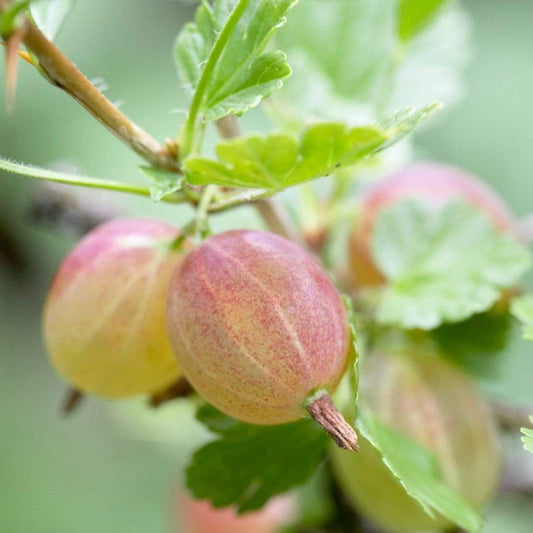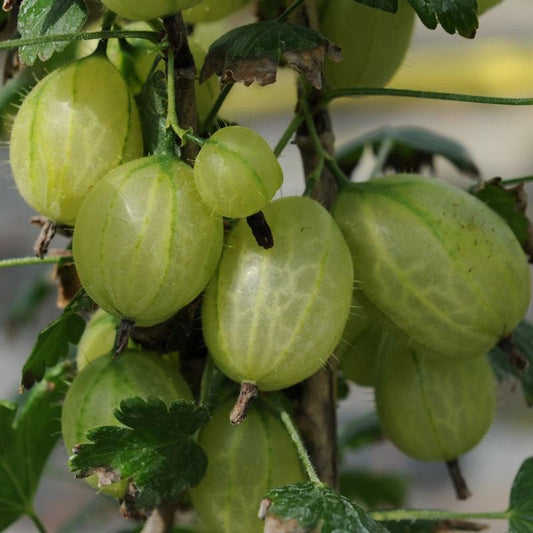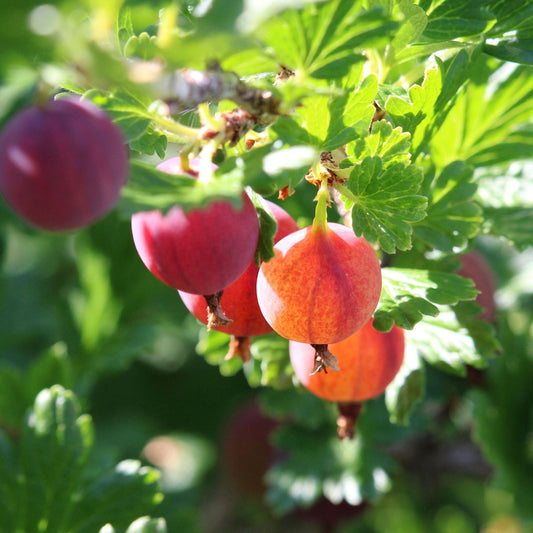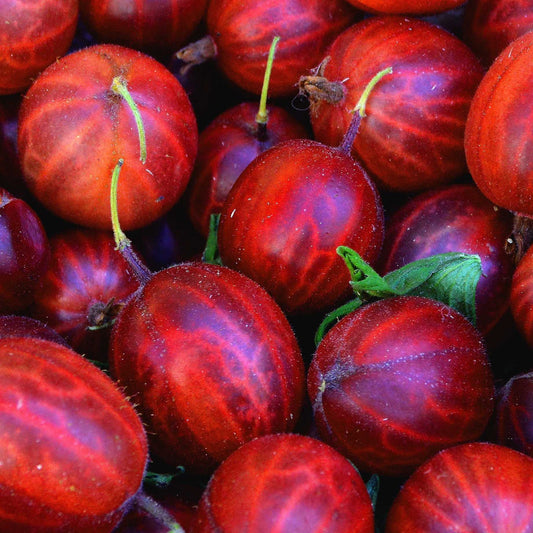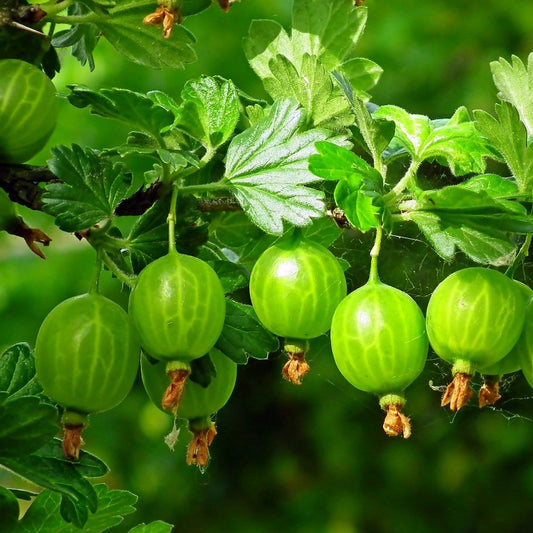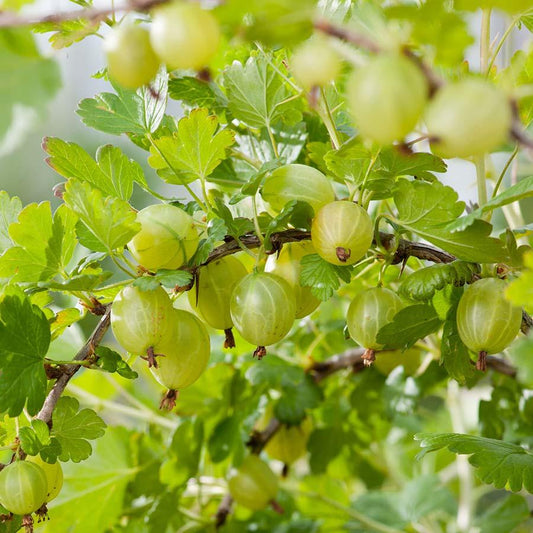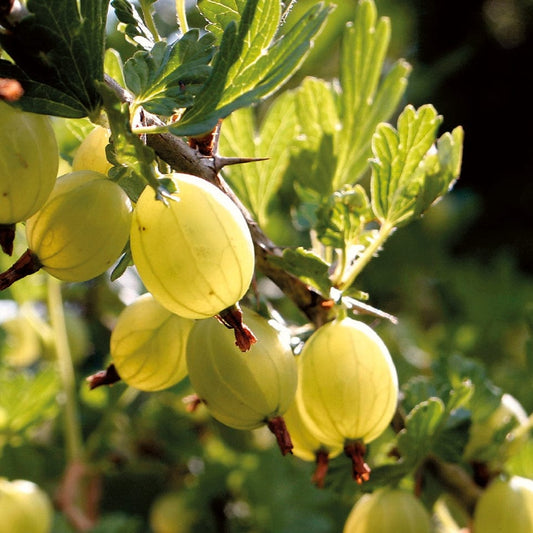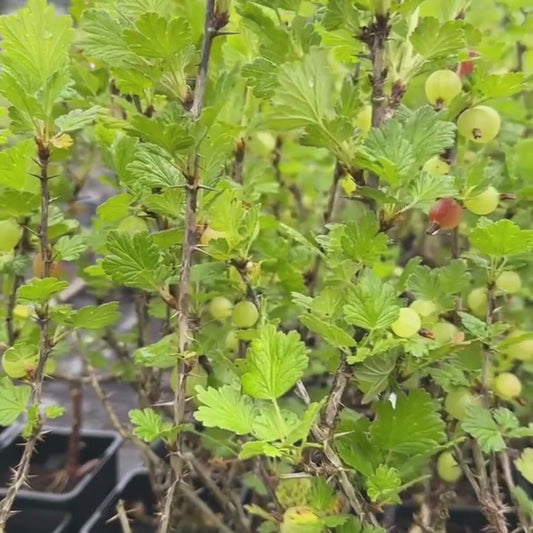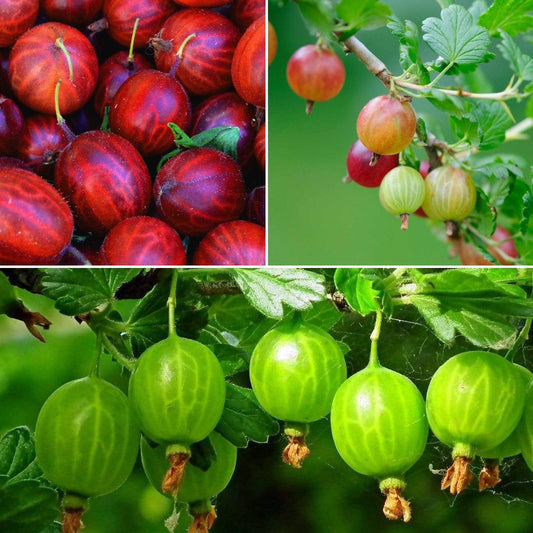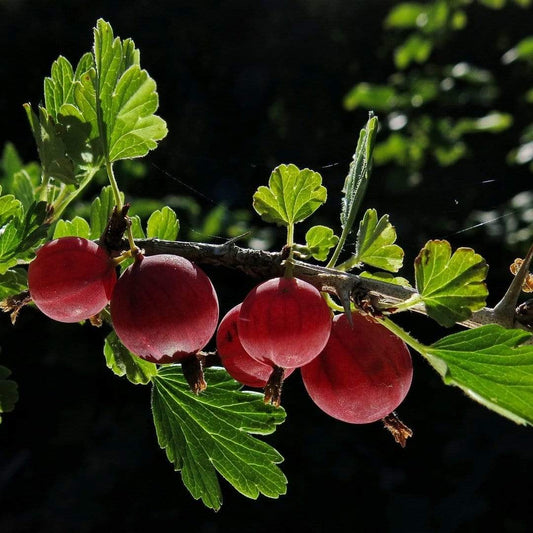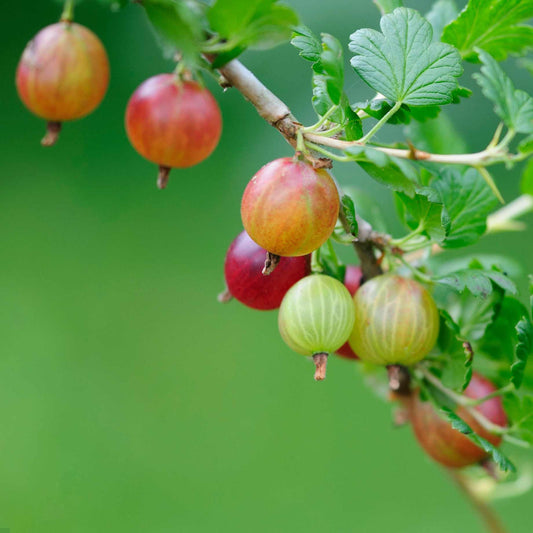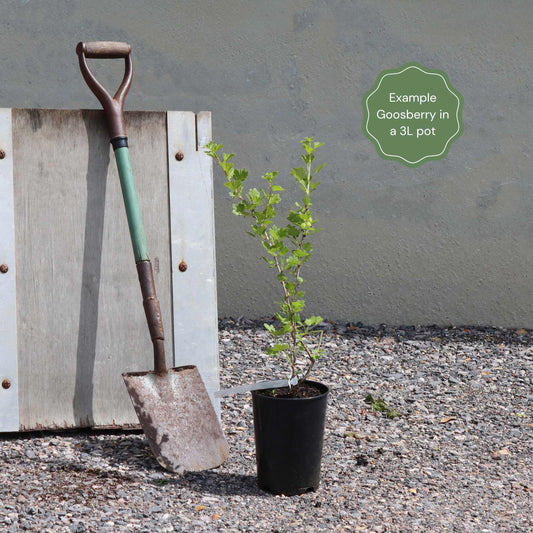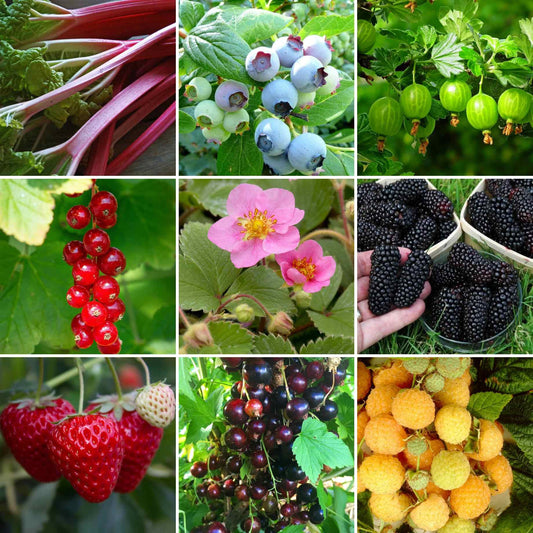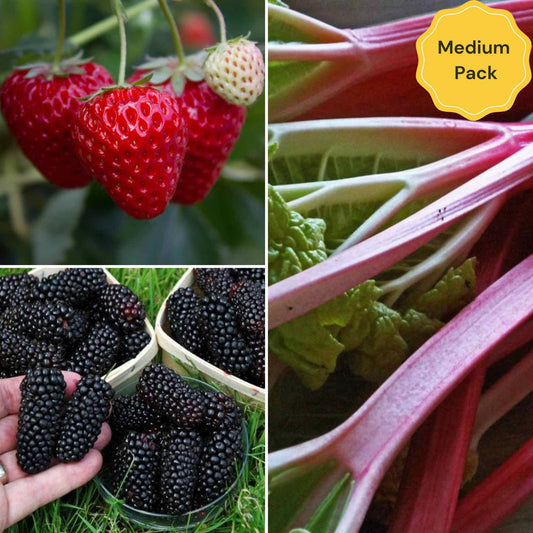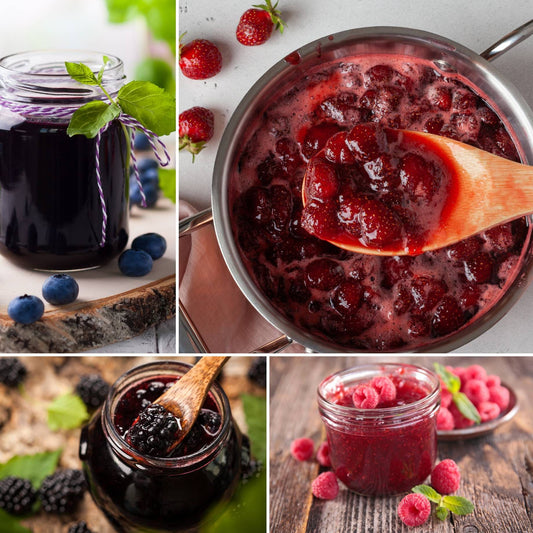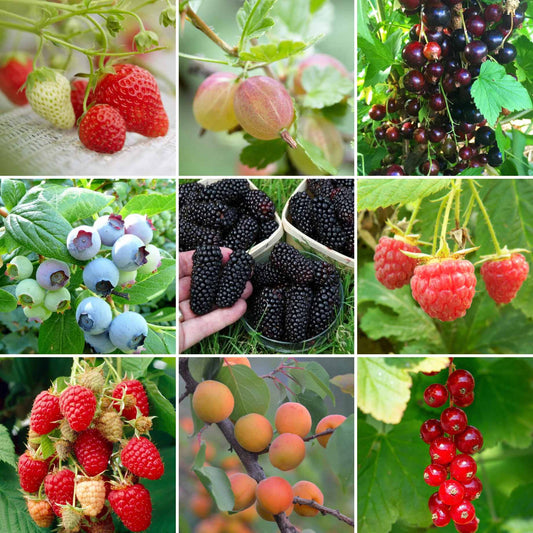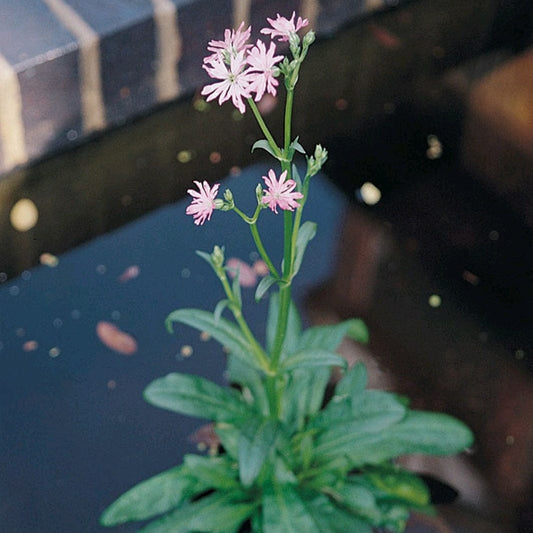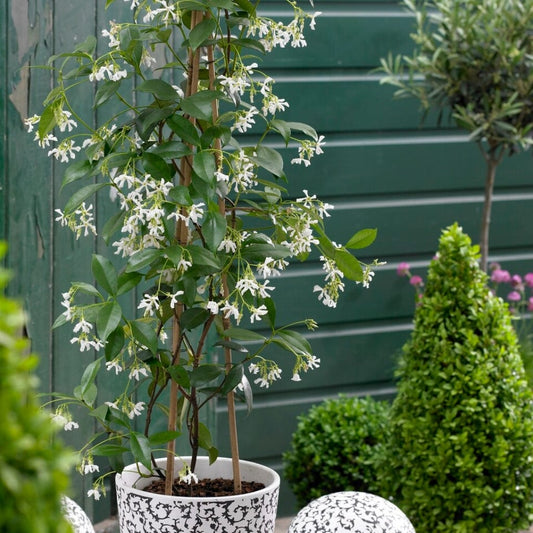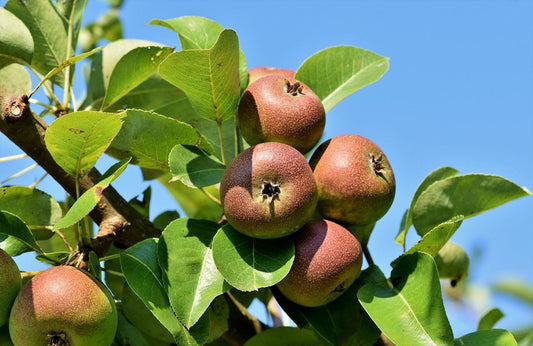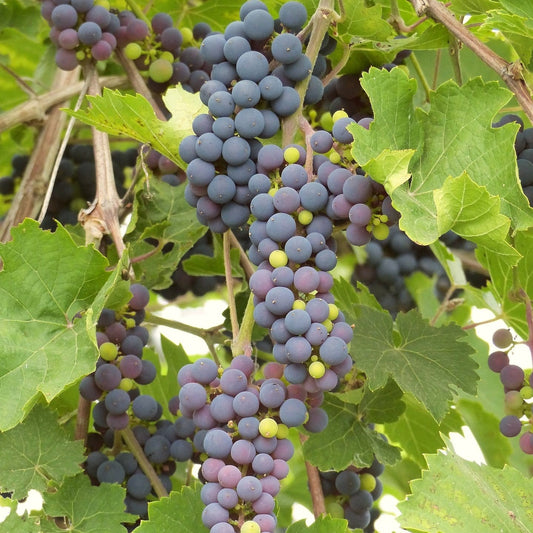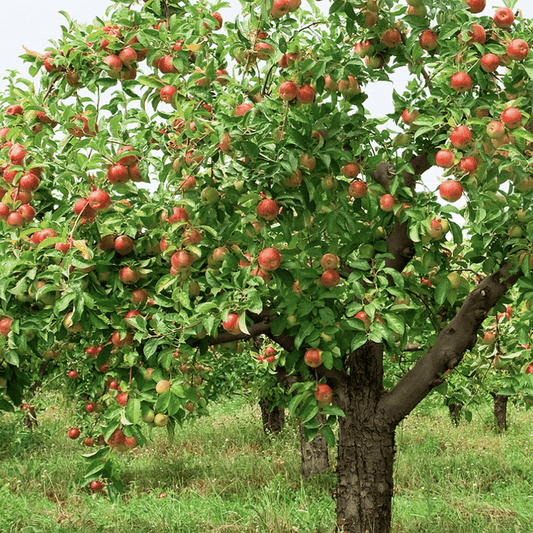Roots' Cotswolds Valley Nursery
Meet Mike
Fruit plants grown with love (and serious knowhow!)
Mike’s our guy when it comes to growing soft fruits. He’s our grape guru. Our gooseberry genius. Our blueberry boffin. What Mike doesn’t know about soft fruits? Well, it simply isn’t worth knowing. Having traversed the world from Australia to Northern Ireland – and even undertaking a horticultural stint in Sweden – Mike combines his enthusiasm, technical expertise, state-of-the-art facilities and favourable climatic conditions of the Cotswolds to grow only the very juiciest, sweetest soft fruits.
Need help picking?
Gooseberry FAQs
When is the best time to plant gooseberries?
Bare root gooseberry plants should be planted between November and March while they’re dormant. You can plant potted gooseberries at any time of year providing the soil isn’t waterlogged or frozen. You’ll find more advice in our growers’ guide.
What type of soil do gooseberries prefer?
Gooseberries prefer well-drained fertile soil with a pH between 6.0 and 6.5, but they’re happy in most garden soils. If your soil is a bit on the dry or heavy side, mix in some compost or well-rotted manure before planting.
How much sunlight do gooseberries need?
Gooseberries will grow in partial shade, but they’re most productive in full sun, where they’ll receive at least six hours of daylight.
How should I space my gooseberry plants?
If you’re planting more than one gooseberry, space them about 1.2-1.5m apart to allow for good air circulation and to prevent moulds.
How do I water gooseberry plants?
Gooseberries like a consistently moist soil, so water them regularly, especially during hot or dry weather. It’s best to water them at the base of the plant to avoid splashing the leaves, which can encourage diseases.
How do I prune gooseberry bushes?
Prune your gooseberry bush in late winter or early spring, before it starts to put on new growth. Trim out any dead or damaged wood and thin out the centre of the plant to encourage air circulation. The ideal shape is a goblet, which will allow sunlight to reach every part of the plant. For more pruning tips, see our growers’ guide.
When do gooseberries typically fruit?
Gooseberry bushes fruit between June and July, depending on which variety you have and your growing conditions.
How do I harvest gooseberries?
When your gooseberries are firm and fully-coloured, they’re ready to pick. For cooking purposes you can pick them slightly underripe, but for eating varieties you should wait until they’re fully ripe. You can pick them by hand or use scissors.
Can gooseberries be grown in containers?
Gooseberries are a great choice for container growing. Choose a large pot at least 45cm wide and deep, with drainage holes in the bottom and use a good potting compost. Plants in pots will need more regular watering and feeding than those in the ground.
What are the best practices for feeding gooseberries?
To feed your gooseberry plant, use a general purpose plant food in early spring and give it a layer of mulch at the same time to keep moisture and nutrients in the soil. Avoid fertilisers with a high nitrogen content, as they encourage leafy growth at the expense of fruit.
Are gooseberries self-fertile?
Most gooseberry varieties are self-fertile and will produce a good crop from just one plant. If you do plant more than one though, they will cross pollinate and each plant will produce a bigger harvest.
Fighting plastic waste
Delivering fresh from the nursery
Supporting UK growers

